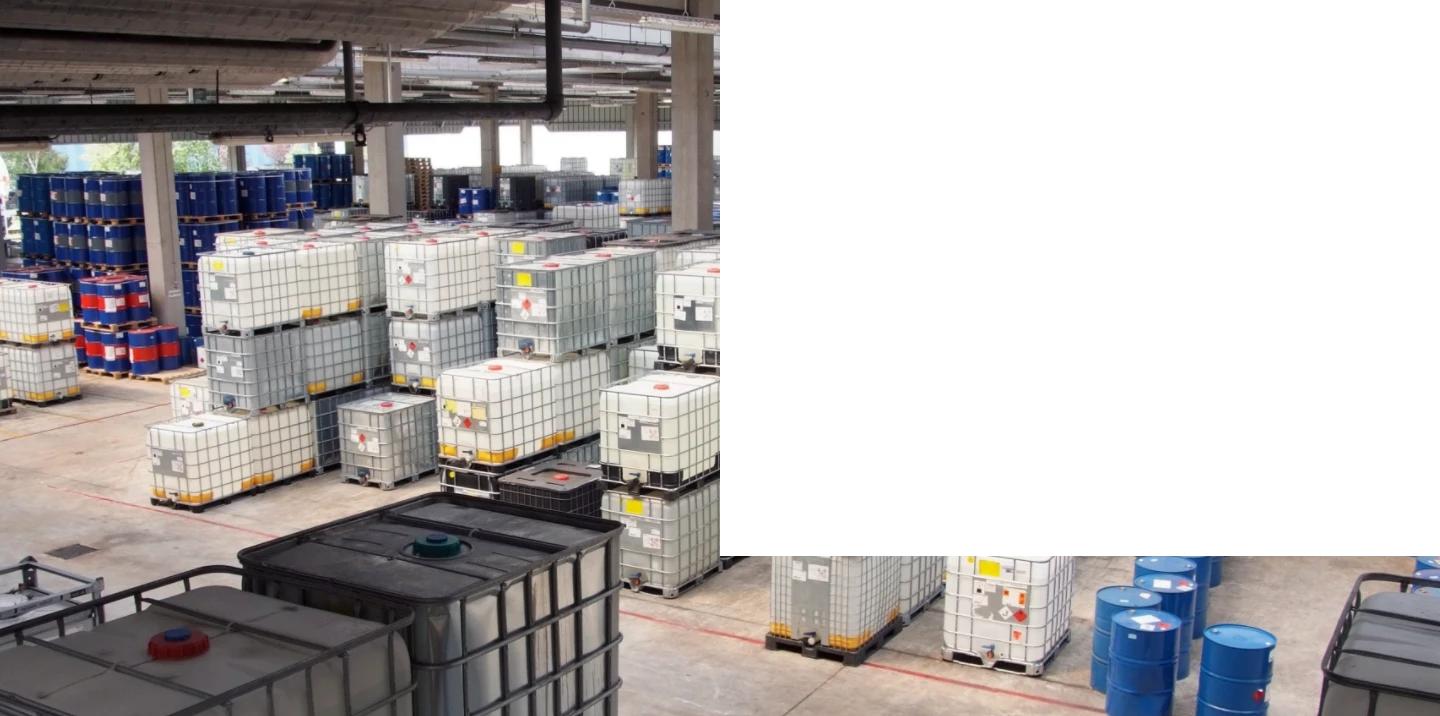



polyacrylamide molecular weight
Understanding Polyacrylamide Molecular Weight and Its Importance
Polyacrylamide is a versatile synthetic polymer widely used in various applications, ranging from water treatment to pharmaceuticals. This compound is known for its excellent ability to form gels and films, making it a popular choice in diverse fields such as biochemistry, agriculture, and environmental science. One of the critical factors that influence the properties and functionality of polyacrylamide is its molecular weight. In this article, we will explore the significance of molecular weight in polyacrylamide, how it is determined, and its implications in various applications.
What is Polyacrylamide?
Polyacrylamide (PAM) is a polymer made from acrylamide subunits. It forms through the polymerization process, which can be initiated by heat, light, or chemical means. PAM exists in various forms, including linear and cross-linked structures, where the latter is commonly used in gel electrophoresis. It is soluble in water and can absorb significant amounts of water, leading to its use as a thickening agent, flocculant, and soil conditioner.
Molecular Weight and Its Measurement
Molecular weight refers to the mass of a molecule. In the context of polyacrylamide, it plays a crucial role in determining the polymer's physical and chemical properties. The molecular weight of polyacrylamide can vary significantly, typically ranging from a few thousand to several million daltons. The molecular weight is primarily determined through techniques such as gel permeation chromatography (GPC) or size-exclusion chromatography (SEC), which separate molecules based on their size in solution.
The Importance of Molecular Weight
polyacrylamide molecular weight

1. Viscosity and Solution Properties One of the most noticeable effects of molecular weight on polyacrylamide is its influence on viscosity. Higher molecular weight polymers tend to exhibit increased viscosity in solution. This property is critical in industries such as oil recovery and water treatment, where PAM is used as a thickening agent. A higher viscosity can improve the efficiency of the flocculation process, helping to remove suspended particles from water.
2. Gel Strength and Stability In applications like gel electrophoresis, the molecular weight of polyacrylamide affects the gel's strength and stability. Lower molecular weight PAM will produce softer gels, whereas higher molecular weight PAM results in firmer gels. The choice of molecular weight is crucial when separating biomolecules based on size, as it affects the resolution and clarity of the results.
3. Biodegradability and Environmental Impact Polyacrylamide is generally considered to be non-toxic; however, its biodegradability can depend on its molecular weight. Higher molecular weight PAM is often more resistant to microbial degradation compared to its lower molecular weight counterparts. Understanding this aspect is vital for applications in agriculture and environmental remediation, where PAM is used as a soil conditioner or stabilizer for erosion control.
4. Applications in Different Fields The specific molecular weight of polyacrylamide can make it suitable for distinctive applications. In the medical field, lower molecular weight PAM is often used for drug delivery systems, while higher molecular weights are preferred for applications requiring robust gel strength, such as tissue engineering. In the petrochemical industry, varying molecular weights can be optimized for enhanced oil recovery, where different viscosities can improve fluid flow in porous media.
5. Customization for Specific Needs The ability to tailor the molecular weight of polyacrylamide allows researchers and manufacturers to customize the polymer for specific applications. Such customization is vital in achieving the desired performance metrics, whether enhancing water solubility, improving gel properties, or optimizing flocculation efficiency.
Conclusion
In conclusion, the molecular weight of polyacrylamide is a critical parameter that greatly influences its properties and applications. Understanding the relationship between molecular weight and the behavior of PAM can lead to better product formulation and application strategies across various industries. With ongoing advancements in polymer chemistry, the potential for improved polyacrylamide formulations continues to expand, promising enhanced performance in existing applications and opening doors for new uses in technology and environmental sustainability.
-
Why Sodium Persulfate Is Everywhere NowNewsJul.07,2025
-
Why Polyacrylamide Is in High DemandNewsJul.07,2025
-
Understanding Paint Chemicals and Their ApplicationsNewsJul.07,2025
-
Smart Use Of Mining ChemicalsNewsJul.07,2025
-
Practical Uses of Potassium MonopersulfateNewsJul.07,2025
-
Agrochemicals In Real FarmingNewsJul.07,2025
-
Sodium Chlorite Hot UsesNewsJul.01,2025










